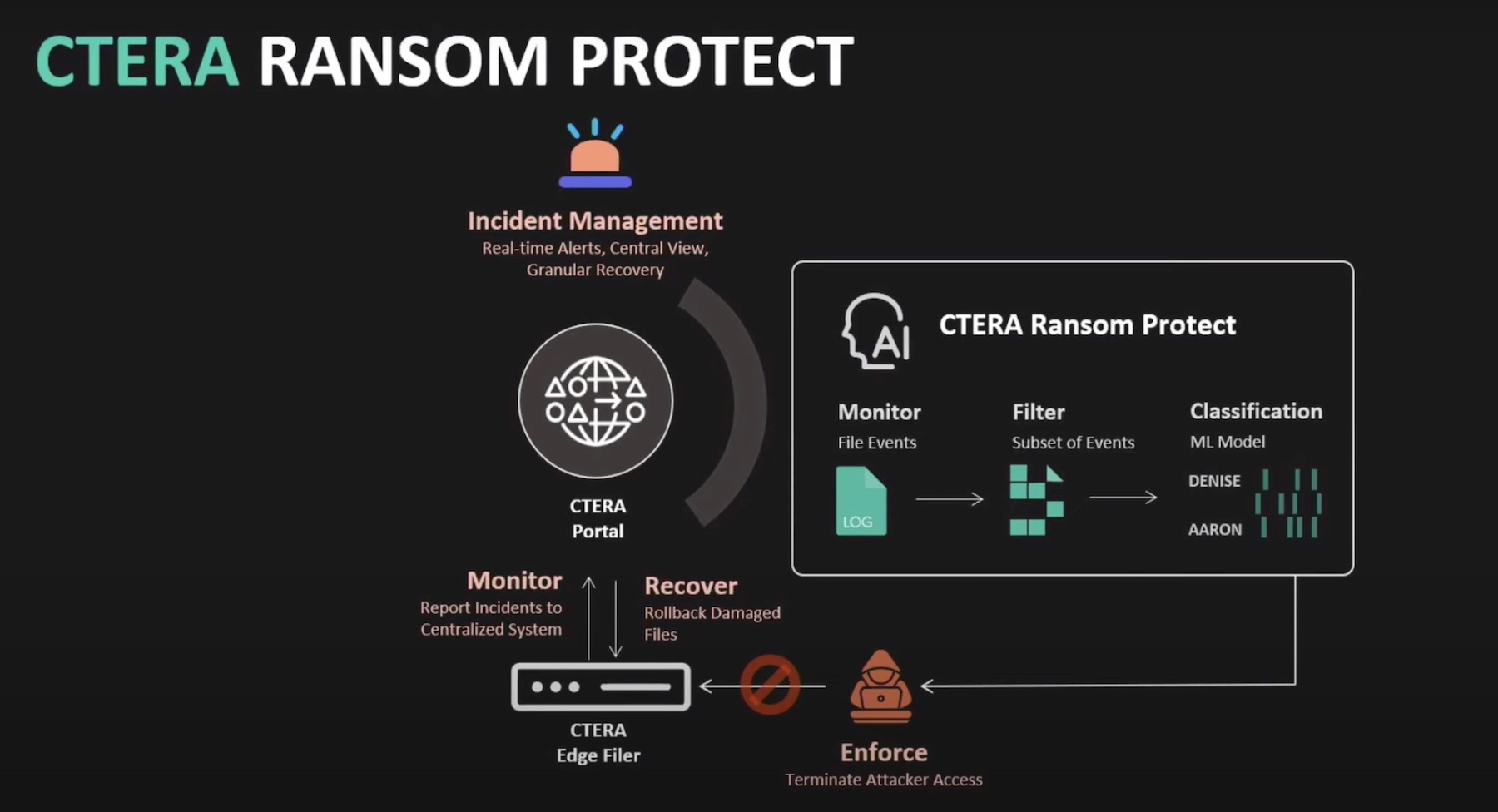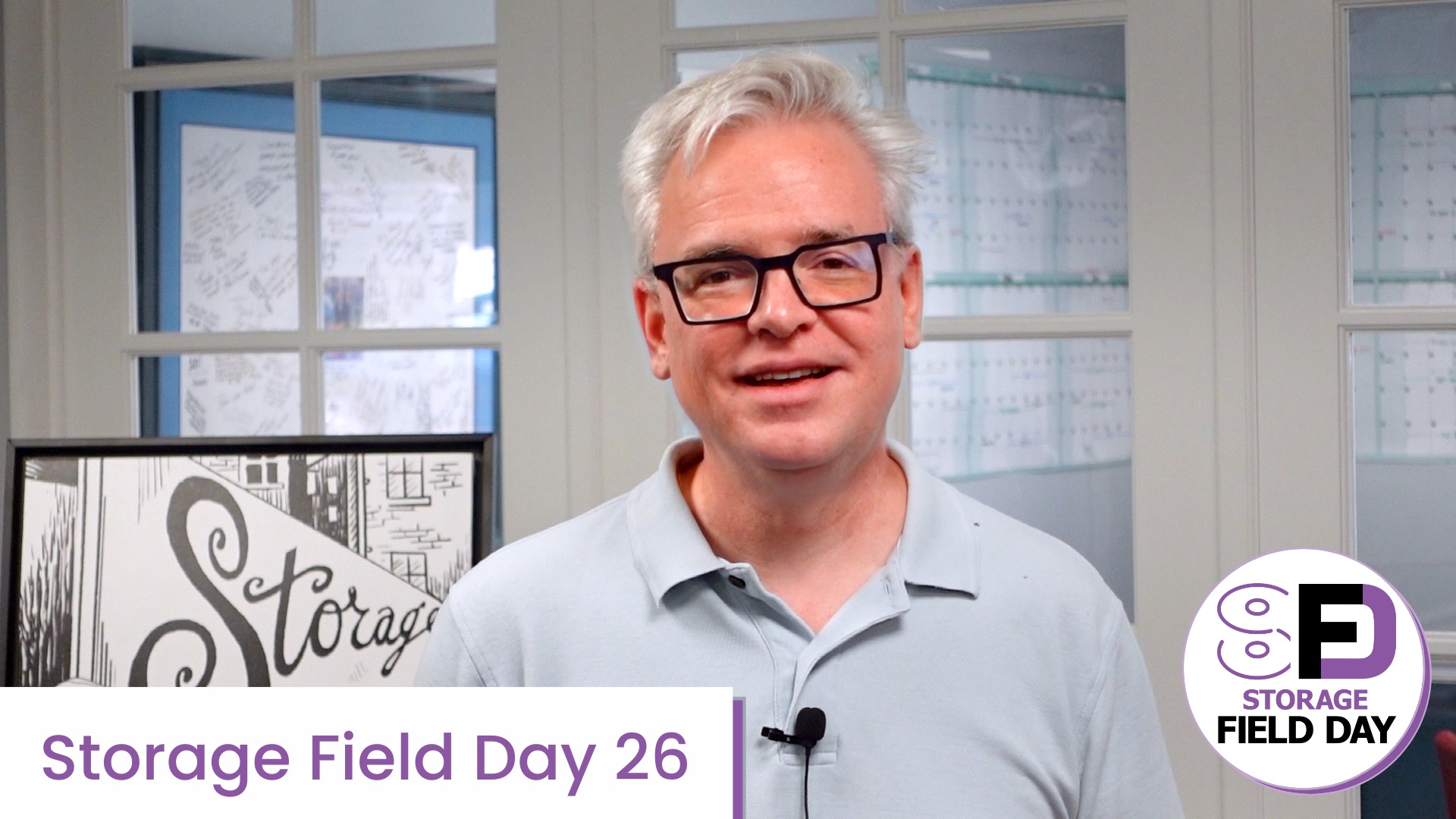Podcast: Play in new window | Download (Duration: 34:03 — 39.0MB)
Subscribe: Apple Podcasts | Spotify | Amazon Music | RSS | More
The storage industry is increasingly focused on memory rather than traditional storage, and this reflects an architectural shift in the compute stack. This episode of On-Premise IT focuses on the new storage stack, which now includes memory, with Andy Banta, Jim Jones, Vuong Pham, and Stephen Foskett, all of whom are attending Storage Field Day 26 and SNIA’s Storage Developer Conference. The difference between memory and storage was historically based on the technology at hand, but these lines are blurring. The latest systems can address storage and memory in very similar ways, and can apply advanced data management techniques to memory as well as storage. NVMe, NAND flash, CXL, and persistent memory technologies are blurring the lines, and the latest developments in software, as highlighted at SNIA’s SDC, bring new capabilities. As memory becomes more like storage, what was once primary storage has a new job to perform further down in the hierarchy focused on data management, ransomware, and data protection.
Memory is Edging Out Primary Storage
As reflected in the Storage Field Day presentations and discussions, as well as topics at this year’s SNIA Storage Developer Conference, primary storage is increasingly adopting the traits of secondary storage. This is caused by advancements in memory technology which step into the shoes of primary storage, and a focus on secondary services from primary vendors.
Prior to Storage Field Day, Andy Banta, Jim Jones, Vuong Pham, and Stephen Foskett discussed this new storage methodology. The discussion centered around persistent memory and CXL, memory systems, memory layering, and the emerging difficulties with memory tiering. We all agreed that primary storage looks more and more like secondary, while memory near the CPU is gaining traction as “primary memory!”
Of course memory isn’t storage, so we have to consider data persistence. Despite the need for speedier data access, we will also always need persistence of stored data, and this must be more than traditional archiving. We must also consider cache coherence, since these systems will have multiple cache levels beyond L1, L2, and L3.
CXL (Compute Express Link) provides a path forward, since it will deliver system expansion and cache coherence, even though apprehensions about coherency and processor contention (components of the forthcoming CXL 3.0) have surfaced. Despite these concerns, the protocol’s widespread adoption demonstrates its momentum and potential for radical IT infrastructure transformation.
The radical rearrangement of memory and storage, the mounting significance of tiered memory, and the incorporation of breakthrough tools like CXL signal a paradigm shift in understanding primary and secondary storage. Shaping the future of the IT stack, they are ushering in a new era that both challenges and excites the industry.
On-Premises for Today’s Podcast:
Panelists
Jim Jones
Andy Banta
Vuong Pham
Moderator
Stephen Foskett
Follow us on Twitter! AND SUBSCRIBE to our newsletter for more great coverage right in your inbox.




